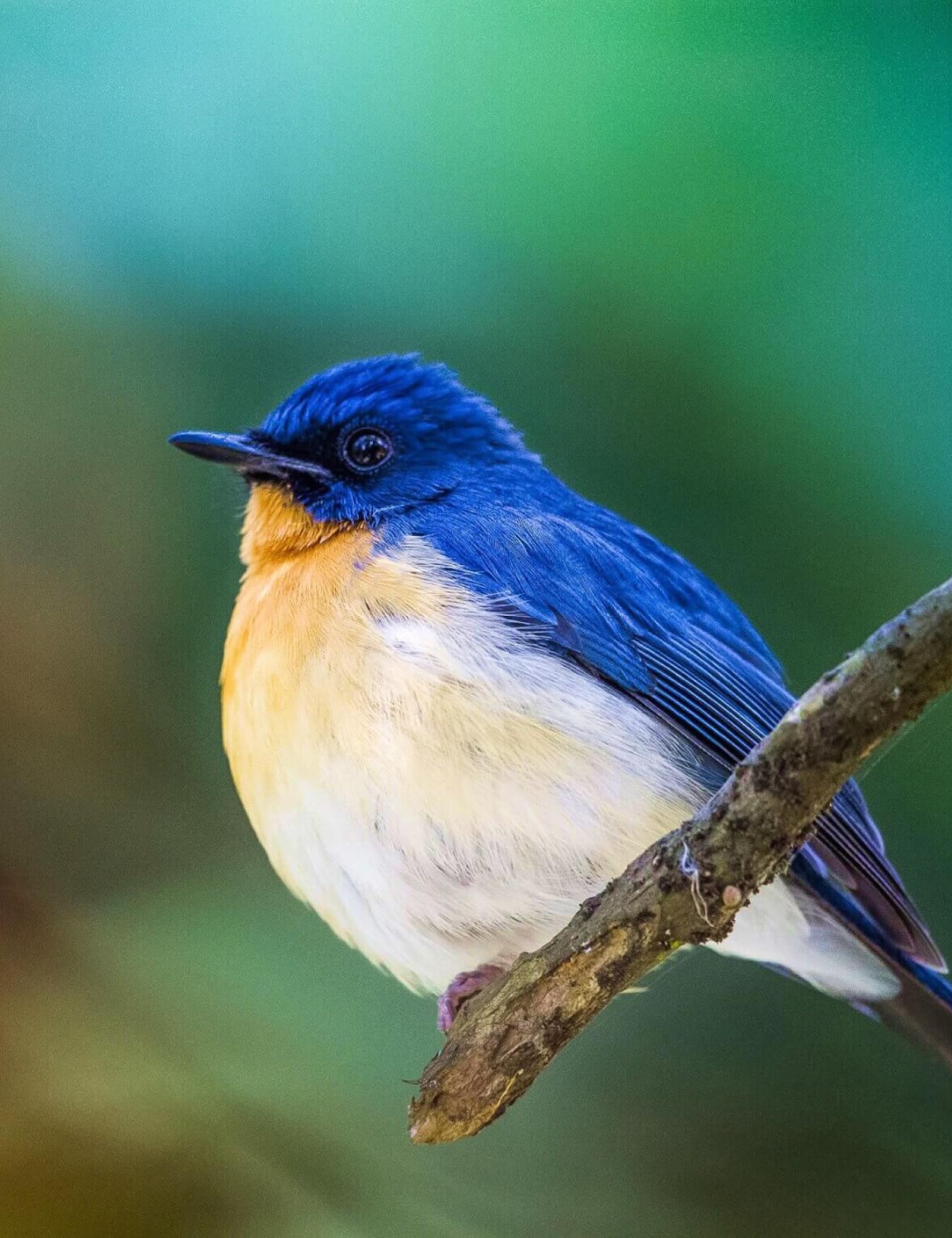Ngorongoro Crater
- Tanzania
Overview
The Ngorongoro Crater is the biggest intact caldera in the world. It was once a massive volcano. Many claim that it might be higher than Africa’s highest peak, Mt. Kilimanjaro, before it erupted.
The famed 600 m-deep Ngorongoro Crater serves as the area’s main point and is now a vast highland area, having long since collapsed and eroded. The ancient caldera, which is little over three millimeters old, protects one of the world’s most breathtaking wildlife refuges.
Northern Tanzania’s Eastern (Great) Rift Valley is home to the extinct volcanic crater known as Ngorongoro. It is located 120 kilometers (75 miles) west of the town of Arusha. With a surface area of 102 square miles, the caldera is between 10 and 12 miles (16 and 19 kilometers) wide (264 square km). Its thickly forested rim rises 2,000 feet (610 meters) above the caldera’s bottom to a height of 7,500 feet (2,286 meters). Ngorongoro is believed to have originated around 2.5 million years ago from a massive active volcano whose cone fell inward after a significant eruption, leaving the current enormous, unbroken crater as its main remains.

Best Time to Visit
Ngorongoro truly is an all-year-round destination. Because it is an space of around 20 x 20 kilometres enclosed by the beautiful and dramatic crater rim, the animals really are there the whole time. It can get very busy in the peak season months of July and August – there may be slightly less tourists there in the rainy season. However, the crater is truly astonishing to behold so we can honestly say that it will always be busy.
Park Closure
Open: All Year Around
Safari Options: Balloon Safari, Jeep Safari, Private Vehicle.

Fauna
Elephants, elands, hartebeests, and endangered rhinos are among the residents of the crater. There are also resident zebras and wildebeests in the crater that do not take part in the annual migration. Hippos are found in the permanent freshwater pools and the swamps in the crater. Other non-migratory herbivorous mammals that are found in the Conservation Area include buffalos, waterbucks, warthogs, kudus, and other species of antelope. Giraffes live in the surroundings of Lake Ndutu, where acacia trees are abundant.
The carnivores found in the Ngorongoro Conservation Area include lions, cheetahs, hyenas, leopards, jackals, serval cats, and endangered wild hunting dogs.
There are over 550 recorded species of birds in the Conservation Area, of which some are resident and others are migratory. Lake Magadi, a salt lake on the floor of the crater, is often inhabited by thousands of lesser flamingos and other water birds.
Flora
Ngorongoro is home to lush green, rain-watered vegetation, as well as desert plants. The area has uncultivated lowland vegetation, arid and semi-arid plant communities, abundant short grass used for grazing, and highland forests.
Scrub heath, grasslands, high open moorland, and the remains of dense evergreen forests cover the steep slopes of the crater, while highland trees including Peacock Flower, Yellow-Wood, Kousso (Hagenia abyssinica), and Sweet Olive can also be found. There are also extensive stretches of pure bamboo on Oldeani Mountain, and Pencil Cedar on Makarut Mountain to the west. Dove- weeds dominate the lower slopes, while the upland woodlands contain Red Thorn Acacia and Gum Acacia that are critical for protecting the watershed.

How to get there ?
By Air
Related Tour
It seems we can't find what you're looking for.




